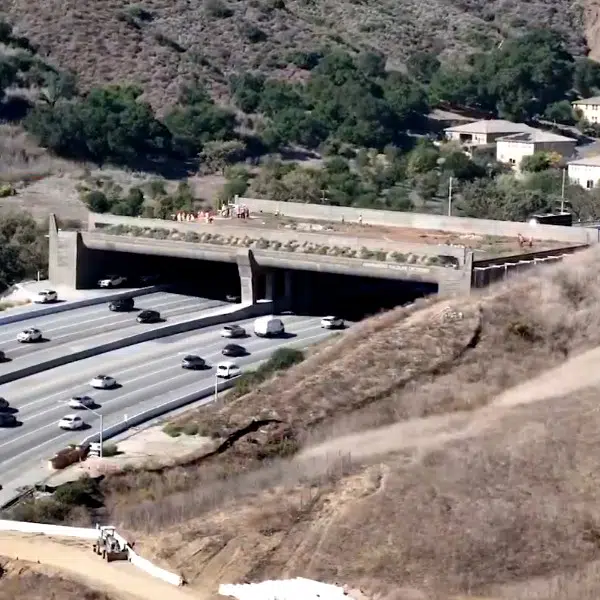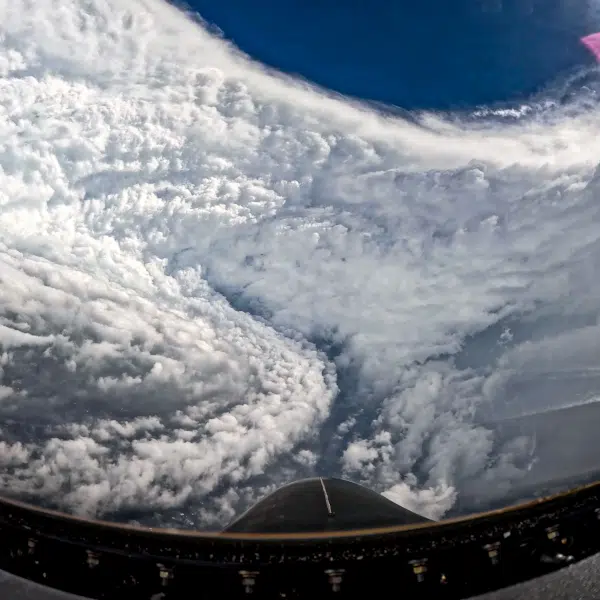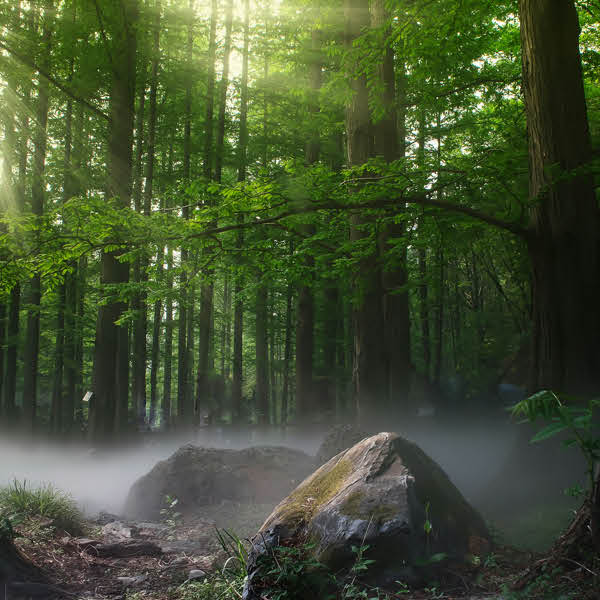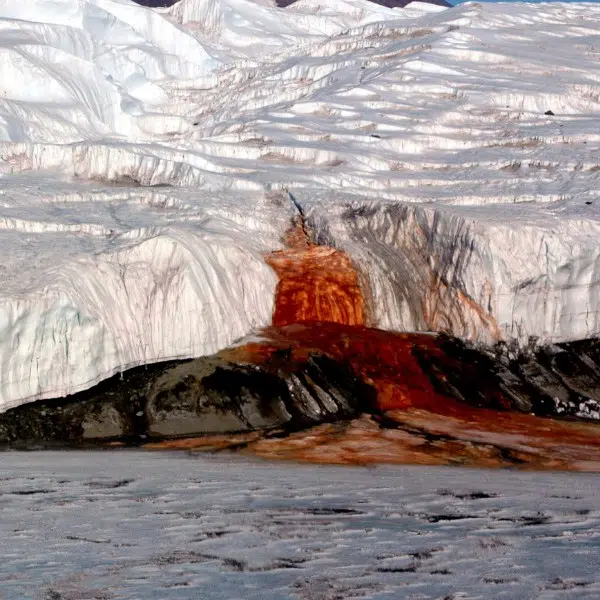
Located in Skamania County, Washington, Mount St. Helens is ranked as one of the most dangerous volcanoes in the United States. Its most famous eruption in 1980 is considered to be the most deadly and destructive volcanic event in the history of the U.S. In the aftermath, hundreds of homes were lost, 57 people lost their lives, 47 bridges were destroyed, and hundreds of miles of highway and railways were damaged. The eruption also left a huge crater at the volcano’s summit, reducing its overall height by 1,314 feet.
Mt. St. Helens continued to display signs of moderate volcanic activity, from the time of its catastrophic 1980 eruption well into the early 90s. However, it began to show significant signs once again in October 2004. This period of activity continued for four years, with the magma from the eruption building a new lava dome in the center of the volcano’s gaping crater—as if the mountain was rebuilding itself from the inside out.
According to John Eichelberger, a volcanologist at the University of Alaska-Fairbanks, Mt. St. Helens is basically “a giant tube of toothpaste, squeezing out lava.” Due to the mountain’s shape, the magma doesn’t have any space to collect. Instead, it finds a path to the surface and begins to ooze out, forming a “spinelike” dome in the volcano’s crater.
During the eruption, the United States Geological Survey (USGS) positioned a camera near the volcano to capture a time-lapse video of the activity. The organization published the years of footage, condensed down into an 86-second video that displays the astonishing rate at which the lava dome grew between 2004 and 2008. Over the four-year period, around 125 million cubic yards of lava gushed into the crater, forming the new dome.
“The initial phase produced rapid growth of a lava dome as magma pushed upward,” the USGS explains. As shown in the video, an initial succession of lava spines, two recumbent and one steeply sloping, grew to nearly 500m [1,640 ft] in length before disintegrating into mounds of rubble.”
Scroll down to see the full time-lapse video of the 2004 Mt. St. Helens eruption.
In 1980, Mt. St. Helens had a catastrophic eruption.
The aftermath left a huge crater at the volcano's summit, reducing its height by 1,314 ft.
Mt. St. Helens erupted again in 2004, creating a new lava dome in the center of the crater.
The USGS captured a time-lapse video of the eruption. Look how much the dome grew!
U.S. Geological Survey (USGS): Website | Instagram | Facebook | Twitter
h/t: [PetaPixel]
Related Articles:
Long-Dormant Icelandic Volcano Erupts After 6,000 Years of Inactivity
Mesmerizing Timelapse Captures Huge Cloudburst “Tsunami” Moving Across Austrian Lake
Photographer Captures Spectacular Shot of a Shooting Star Falling Into the Mouth of a Volcano






















































































